Info / contact
Gabriel
Bøyen Gabriel is a measuring station in "Store Lungegårdsvann" next to Amalie Skram VGS in Bergen. It measures water properties down the water column every three hours, throughout the year.
In addition, a weather station is mounted on the top of the bend.
Measurement data will be linked. For mathematics and physics in upper secondary schools so that one can use math and physics and statistics to learn more about how things in our real world are connected.
Gabriel has been deployed in Store Lungegårdsvann since June 2015 and has measured the page with the exception of short periods of maintenance. The buoy (APB5) is manufactured by the company SAIV AS. It is Amalie Skram VGS, University of Bergen and Bergen Marine Research Cluster, which is responsible for the operation.
Gabriel is named after "Sjur Gabriel" who is one of the main characters in the first novel of "Hellemyrsfolket" by Amalie Skram.
Photo: Øyvind Paasche (UiB)
Map showing batymetry (depth) in Store Lungegårdsvann in Bergen and the location of the observation station Gabriel (red star). Figure: Bergen Municipality.
The measuring station is a so-called profiling sea buoy, ie it is used to measure and study the characteristics of the water. The bend is a so-called profiling bend; This means that it consists of two main parts; The buoy itself floats with instruments mounted on top, and a CTD instrument hanging in a cable and lowered down and through the water column. This instrument gives us information about the properties of the water at different depths. CTD is an abbreviation for Conductivity, Temperature and Depth, which are the three most important parameters measured in such a vertical profile of the water column. From conductivity, salinity in the water can be derived, and together with temperature, this determines the density of the water and hence the layer distribution in the water column. Attached to this CTD are also sensors that measure oxygen, fluorescence and turbidity. The buoy is powered by solar panels and sends data continuously via a mobile network.
Gabriel is a hollow bend that is anchored to four moorings. The measuring instrument itself hangs in a cable into the bend and is lowered to the water at regular intervals. Figure: SAIV AS.
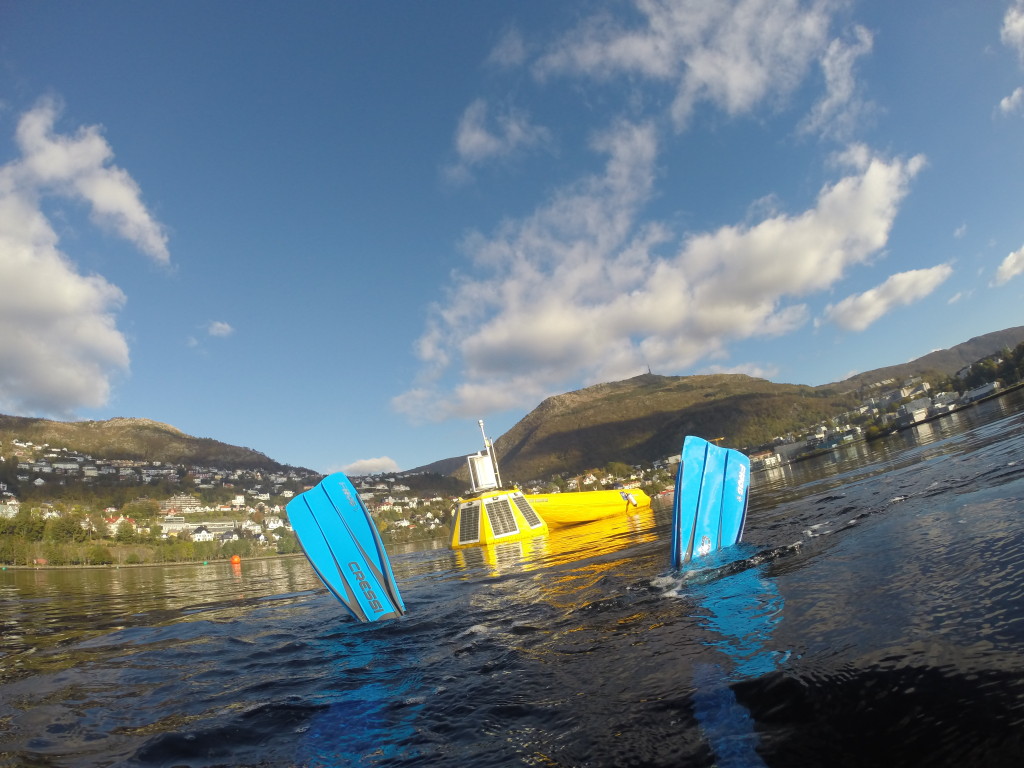
Gabriel og Ulrikken i Store Lungegårdsvann. Photo: Morven Muilwijk
Bøyen Gabriel measures different properties in the air and the water, these are so-called parameters. Below is a list of all parameters that the buoy measures and what these can tell us.
- Air temperature, gives the temperature in the air. This has a 24-hour variation and changes with weather conditions and season. Long term changes in air temperature (over many years) can be linked to climate. Measured in degrees Celsius.
-
Wind strength gives us information about the wind's strength in the time measurements are taken. Can be linked to friction-driven ocean circulation and waves in the water. Measured in m / s.
-
Wind direction tells us about wind direction in degrees relative to the north.
-
Air pressure is pressed over an area in the atmosphere and occurs as a result of the weight of air above the area. In the atmosphere there are areas with high pressure and low pressure, which results in the wind pattern and is linked to the general weather. The air pressure compares to the pressure elsewhere, thus explaining the wind direction. The pressure is measured in dbar. 1 bar is defined as 100 kPa and the average atmospheric pressure at sea level is 1.01325 bar.
-
Water temperature, gives us the temperature in the water at various deep-water intervals of 10 seconds. Has a resolution of 0.001 ± C and accuracy of 0.01 ± C. Along with salinity, this tells us something about the density of the water. Measured in degrees Celsius.
-
Conductivity is directly dependent on the salinity of the water. Conductivity is a property a substance has to conduct power. By measuring the conductivity through the water, it is calculated how much salt is in the water. The technical term for salt content in the ocean is "halinity" or "salinity".
The sea is naturally salty, with about 3.5% salt. In oceanography there is a tradition of expressing salinity not as a percentage, but in thousands of sums it is about the same as grams of salt per liter of seawater. The unit "psu" (practical salinity unit) is also used. Common salinity values
For seawater and seawater is 34-36. In areas where there is large freshwater supply, salinity can be significantly lower, and in some areas, for example in the Dead Sea where there is high evaporation, salinity can be up to 40. Along with temperature, salinity results in the density of the water. -
Oxygen concentration, the sensor measures the amount of dissolved oxygen that is water. The oxygen comes into the water at the surface where the atmosphere is in contact with the water. The admission increases through turbulent active
Contact
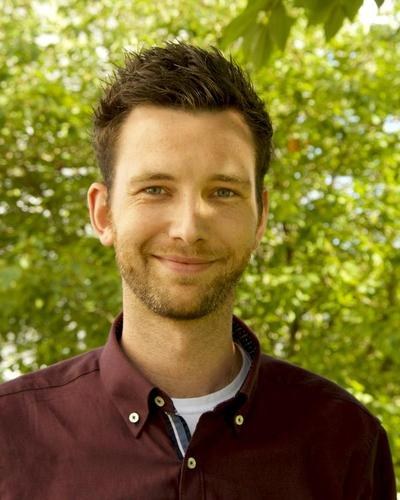 |
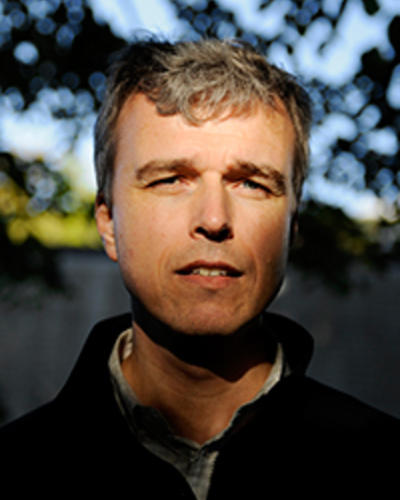 |
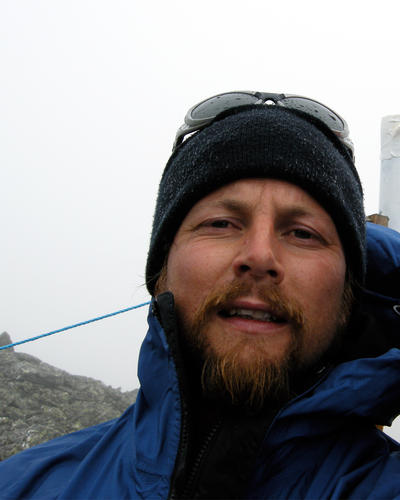 |
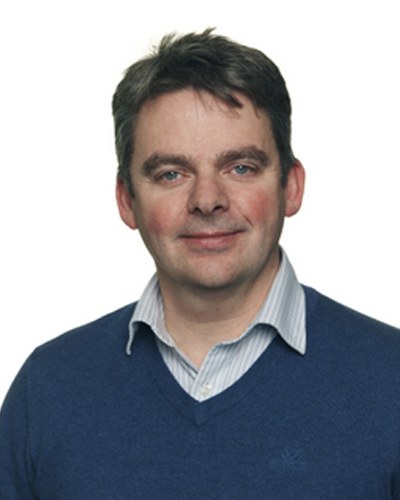 |
|
Morven Muilwijk Developer Ekte Data, Stipendiat i Oseanografi (UiB) |
Helge Drange Professor, Oseanografi (UiB) |
Øyvind Paasche Senior Advicor |
Bjørn Lyngedal Principal (Amalie Skram VGS) |



 Bakgrunnsnotat_Gabriel_des2016.pdf
Bakgrunnsnotat_Gabriel_des2016.pdf